Treatment of dystopy and impaction of the third molars
Evolutionally a human has 32 teeth in the mouth and all of the them participated in biting and chewing food. With the development of mankind we have moved from eating unprocessed and difficult to chew food to cooked and even grinded food. As functional load on the teeth and jaws reduced, the size of human jaws decreased on average. The third molars in dentition, which are also called "wisdom" teeth due to their late eruption after 16-18 years, do not have not enough space for full eruption into the oral cavity. According to statistics, more than 54% of people are faced with the problem of the third molar eruption.
There are several phases of teeth retention, which is a delay in the eruption of teeth:
- Either complete when the tooth is still fully in the bone tissue;
- Partial, when the tooth for some reason is not able to erupt into the oral cavity for its entire length. Most often, semi-retained teeth bump with their crown part against adjacent teeth, which become an obstacle to eruption.
Dystopia is the term for the wrong position of the tooth in the dentition or its abnormal location in the jaw. Some teeth may occupy a horizontal position in the jaw and cannot erupt apriori.

Difficult eruption of wisdom teeth can lead to a whole bunch of problems:
- First of all, retained and dystopian teeth can cause chronic infection.
- Incompletely erupted third molars are quite difficult to clean properly, therefore they often develop caries and its complications.
- In addition, wisdom teeth bumping against the neighboring ones begin to destroy them or press on the entire dentition, causing its deformation.
- When trying to erupt, wisdom teeth can lead to inflammation of the surrounding tissues and even to purulent complications.
The signs to be immediately addressed by the dentist as its is time to say goodbye to wisdom teeth:
- Pain and discomfort in the molar teeth area,
- difficulty and painful opening of the mouth,
- painful swallowing,
- food leftovers stuck between the teeth,
- the taste of pus in the mouth,
- biting the mucous membrane of the soft tissues around the tooth



Diagnostics and treatment
Diagnostics of the third molar retention and dystopia is simple. Usually, signs and symptoms in combination with radiography (orthopantomography or computed tomography) allows making accurate diagnostics - retention and dystopia of the wisdom tooth.
Modern tactics for treatment of retention and dystopia of wisdom teeth are quite straightforward and common for most dentists and surgeons around the world. Retained and dystopian wisdom teeth should be extracted. Extraction can be standard by using molar forceps and non-standard when for complete and successful extraction of the third molar it is necessary to make a bone window with special cutters. Wisdom teeth can be extracted under local anesthesia or under general anesthesia.
Our services
Our doctors
Our advantages
We are located at
ISO certificates
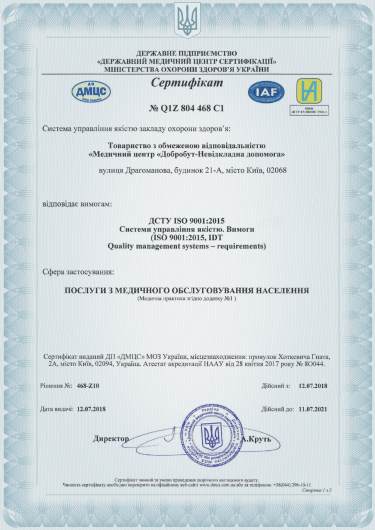
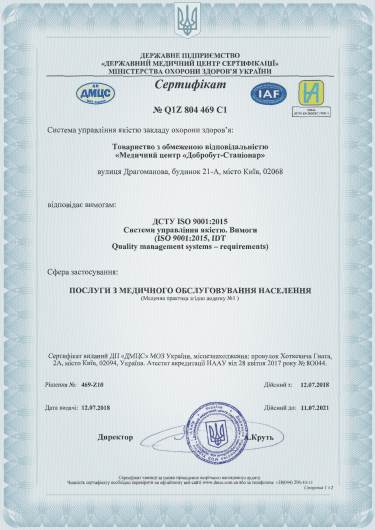
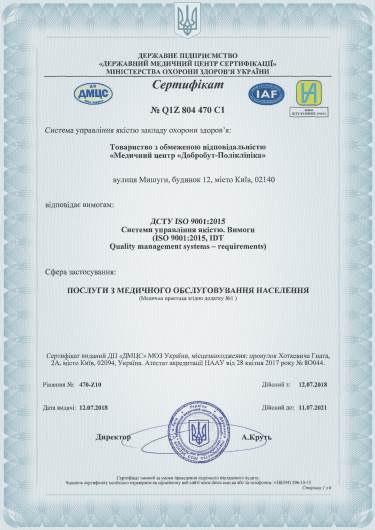
Accreditation certificates
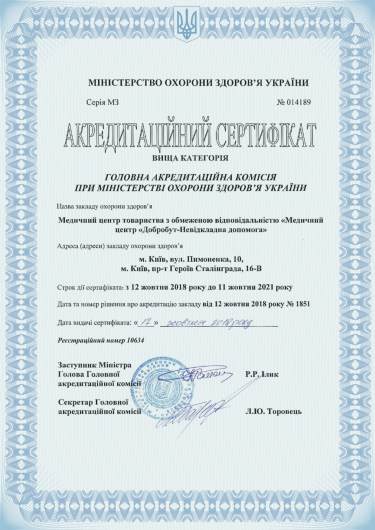
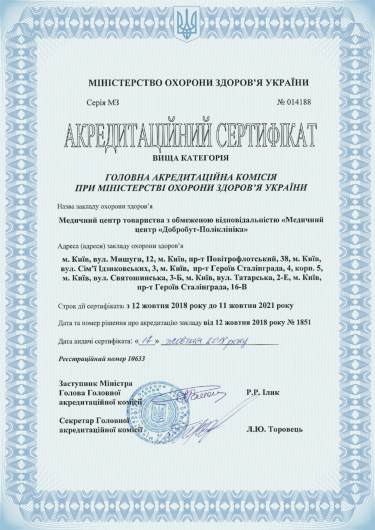

Medical practice licenses
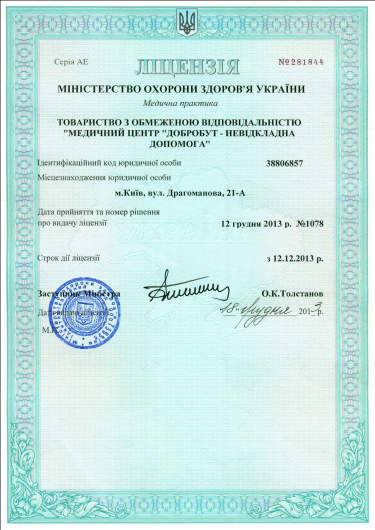
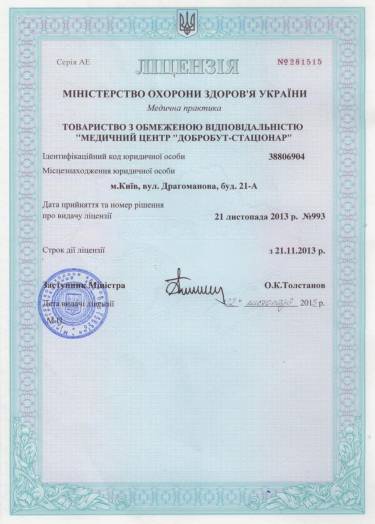

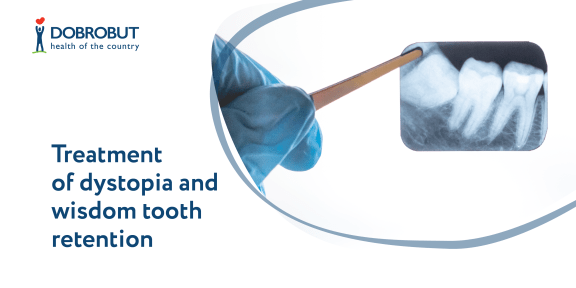









%402x.png)
%402x.png)
